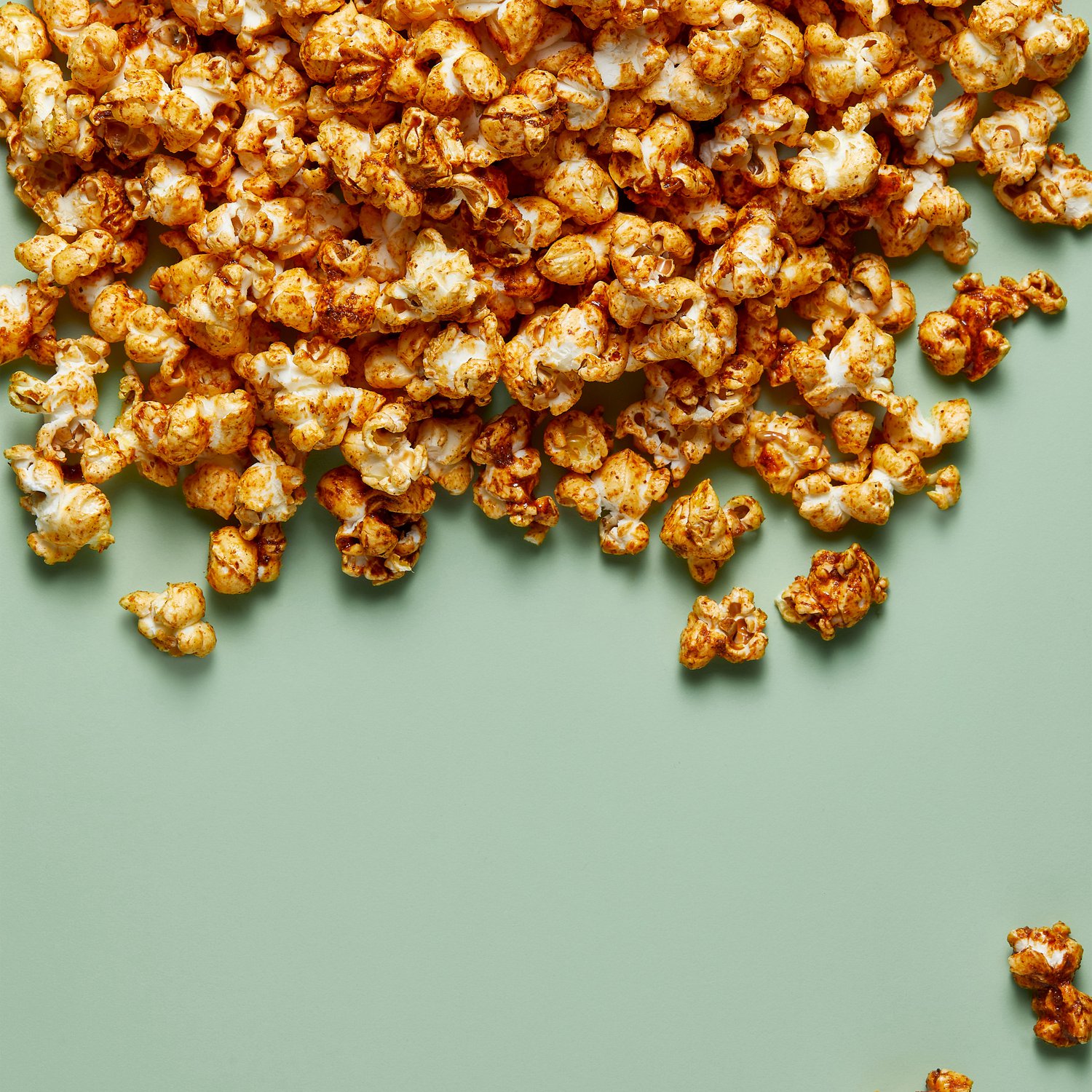Snack smart

Worried about whether it’s OK to eat between meals? Don’t be. The right snacks can be part of a healthy, balanced diet.
Many of us make plans for breakfast, pack a healthy lunch and earmark a recipe for dinner. But when hunger pangs strike unexpectedly, convenience is king – which is why we often end up reaching for that mid-afternoon bag of crisps or a few biscuits.
Like most habits, good or bad, our snacking practices are deep-rooted, says registered nutritionist Dr Somi Igbene. “Our definition of snacking is learned behaviour. When you think back to what you were given to snack on as a child, it was probably something treaty – foods like chocolate, crisps and biscuits. Part of snacking smarter is rewiring your brain and changing this behaviour.”
Worried about whether it’s OK to eat between meals? Don’t be.”
This is particularly challenging if you’re someone who snacks when you’re bored or stressed. How can you change the habit of a lifetime? First, rest assured you’re not alone in your challenge.
“Many of us turn to food as a way to soothe and comfort,” says Dr Rangan Chatterjee, the author of Feel Great, Lose Weight and host of the Feel Better, Live More podcast. “Indeed, research shows that around 45% of us eat more in response to stress. If that’s your experience, give my ‘3Fs’ technique a go to build awareness.
Feel: what am I really feeling? Feed: how will this food affect how I’m feeling? Maybe it’ll make you feel comforted for a few minutes, and that’s fine. You don’t need to feel guilty, just be aware. Find: choose a non-food behaviour to feed that same feeling. That might be calling a friend for a chat, moving your body, or getting out of the house. Doing this will help you to tackle your stress levels head on, giving you more tools, outlets and strategies to deal with it.”
You don’t need to feel guilty, just be aware.”
If you really can’t get that snack out of your mind, then it’s about controlling what’s on the menu. Commit to making a healthier treat, such as homemade oat cereal bars or energy balls before the week starts.
“The benefit of making oat bars or energy balls at home is that you know exactly what ingredients you’re eating. They’re easily transportable too, which removes the temptation of grabbing a processed snack while you’re out,” says Dr Igbene.
If that feels like a step too far on a Sunday night, simply have easy-to-construct snack ideas at the ready, such as rice cakes with a little peanut butter or oat cakes with goat’s cheese. As well as being a good source of fibre, complex carbohydrates such as oats release energy gradually, helping to keep you satisfied until your next meal. It means you avoid sharp spikes in your blood-sugar levels too, which can sometimes lead to cravings, as your body starts to long for that big sugar hit.
Try to involve a little protein, as it helps you feel fuller for longer; it you’re on the go, boiled eggs and sushi are both good sources of protein.
Complex carbohydrates such as oats release energy gradually, helping to keep you satisfied until your next meal.”
Dialling up the flavour in homemade treats is also a smart idea; the artificial flavours in bagged treats such as crisps are strong, making it hard for a heathy snack to compete on those sweet-and-salty cravings. So, if you’re putting the effort in to making kale crisps, for example, sprinkle over paprika or chilli, or add a little dark chocolate to those energy balls. It’ll mean you savour the taste while keeping fat and sugar levels in check.
Sometimes, it might help to think of your snack as a ‘mini meal’, says Dr Igbene. “You can just pack a bigger lunch, so you have some healthy food left to snack on mid-afternoon. Eat a piece of baked salmon if that’s what you’ve got in the fridge. Make yourself a sandwich. This is about changing your definition of what a snack looks like.”
Choosing foods that take time to eat is a handy health hack, too. We’ve all had the experience of inhaling a packet of crisps in under 30 seconds and then wondering why we still feel hungry. “Eating food quickly doesn’t allow your brain to clock that food is coming”, explains Dr Igbene. “But when you’re preparing food, chopping carrot sticks or chewing on celery or something like halloumi, your brain registers the smells and knows food is coming, it’s preparing for it. My favourite thing to snack on at the moment is edamame beans. I often have a bowl on my desk, and it takes me time to pop the beans out of their shells. They’re protein-rich, too.”
Choosing foods that take time to eat is a handy health hack, too.”
SMOOTH OPERATOR
Fresh, seasonal berries make an easy, high-fibre snack. Whizz into a smoothie with yogurt, a little cinnamon and a spoonful of milled flaxseed for added omega 3s.
TEATIME TREAT
Craving cake? Try a slice of malt loaf with your cuppa instead. Much of the sweetness comes from the raisins. Spread with nut butter for added protein and deliciousness.
LUCKY DIP
Veg adds to your 5-a-day and is high in fibre, which helps fill you up. Blend cooked peas or beetroot into a dip with low-fat soft cheese and lemon zest.
PROTEIN POWER
Protein-rich snacks help keep you going between meals. Try roasting nuts and seeds with a little garam masala or other spices for a crunchy treat.
Include fruit and veg in every snack to keep up your vitamin and mineral levels.”









